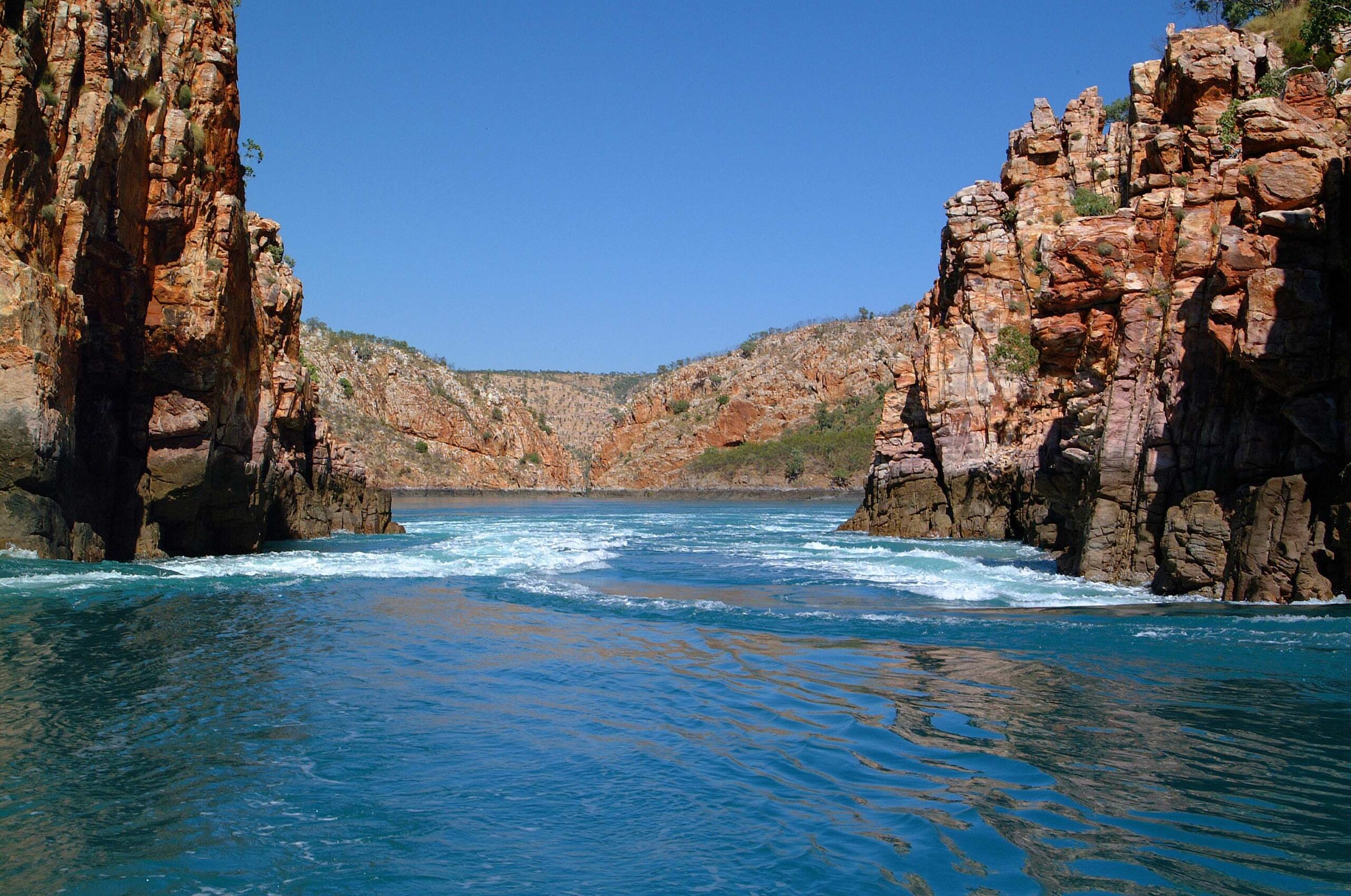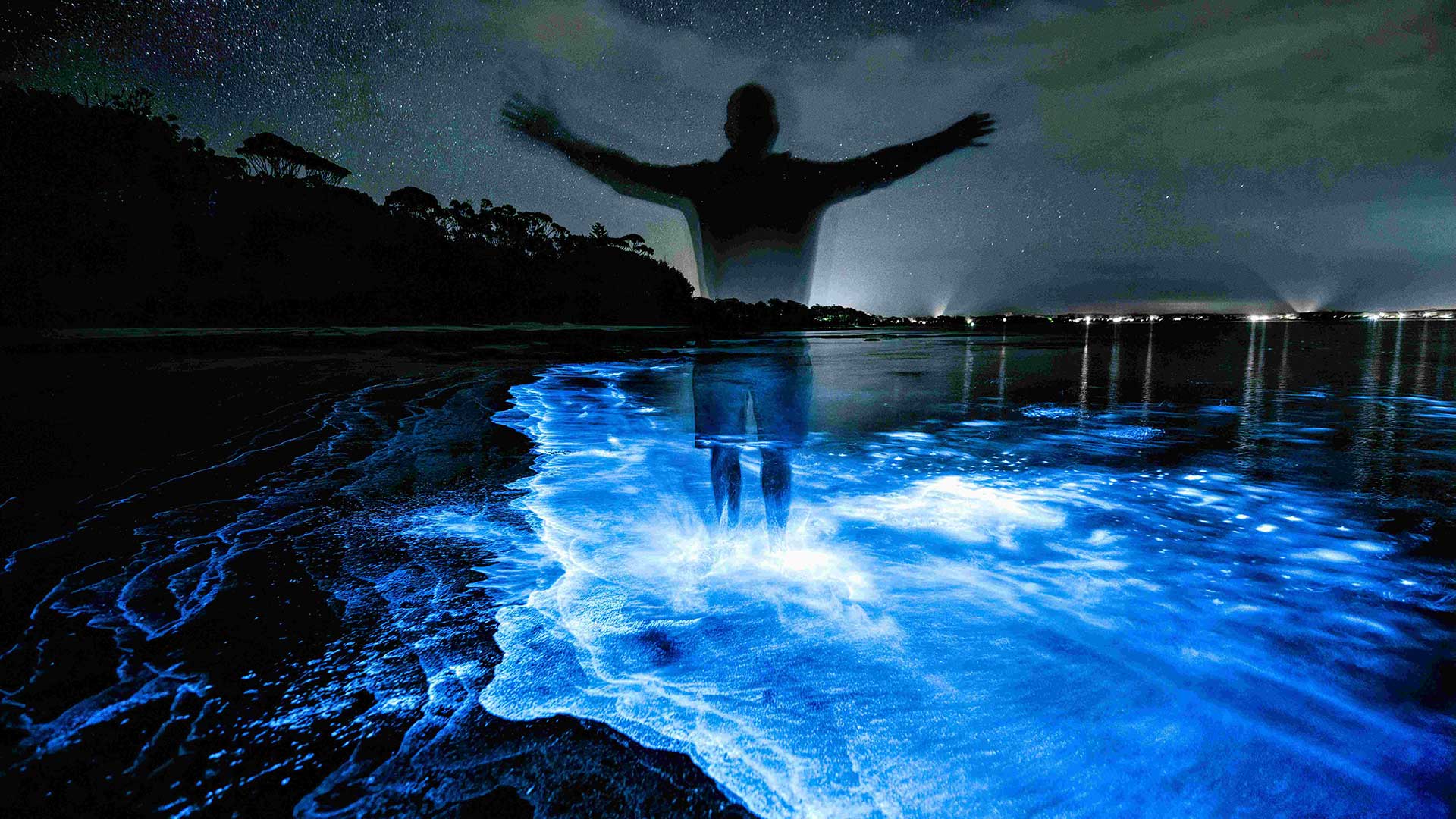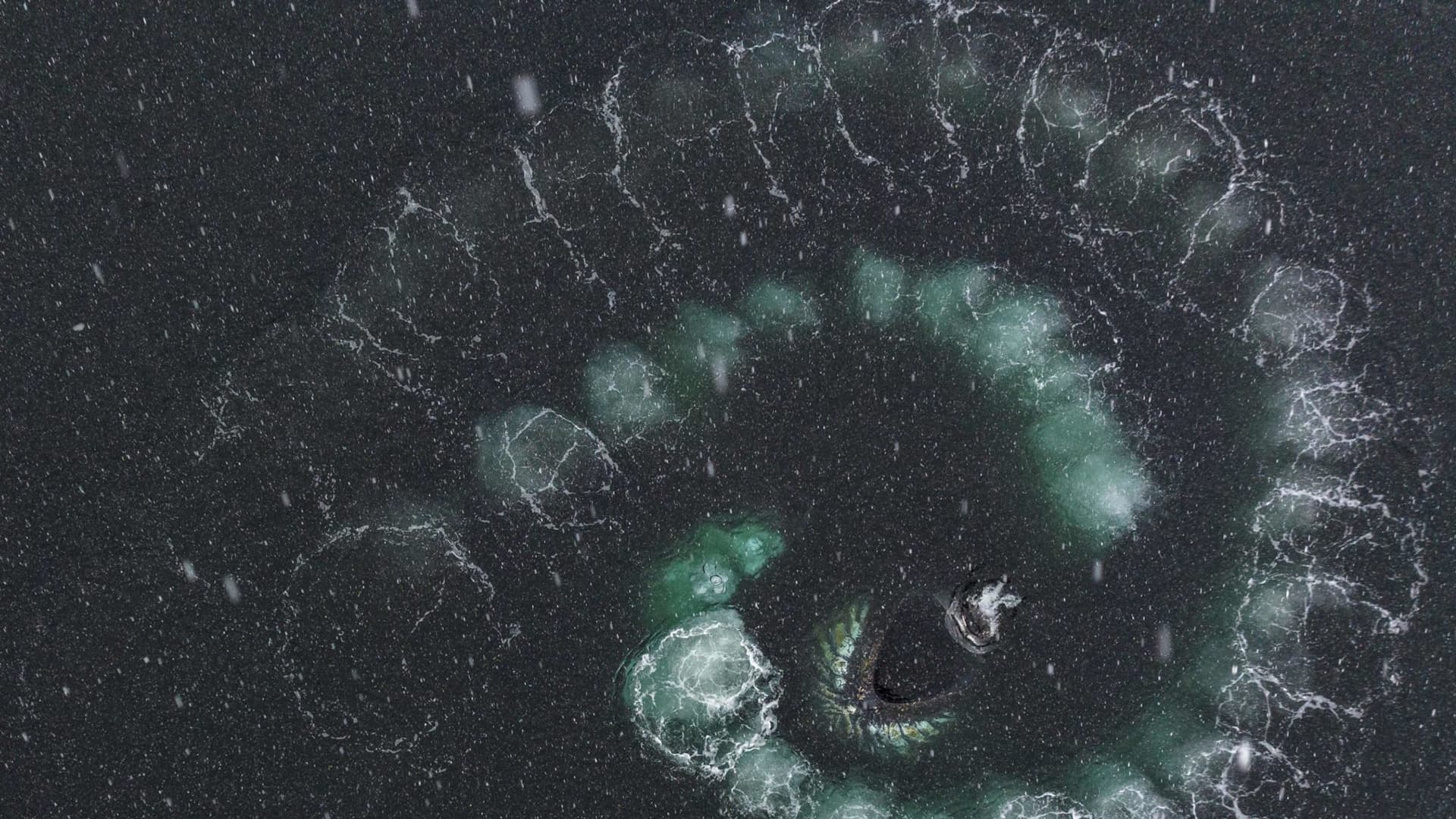Expedition yachts provide front-row seats to some of nature’s most awe-inspiring displays, allowing guests to travel to far-flung destinations where the natural world operates outside the bounds of everyday life. From volcanic eruptions to glacial calvings, these phenomena are reminders of the power and wonder of our wild landscapes. In the remote reaches of Australia’s rugged Kimberley region, extreme tidal forces and ancient geology create what David Attenborough called “one of the greatest wonders of the natural world,” the horizontal waterfall of Talbot Bay.
Bordered by the Great Sand Desert in the south and the Northern Territory in the east, the Kimberley of Australia is the epitome of the Outback. Famous for its rugged ranges, dramatic gorges, semi-arid savanna, and largely isolated coastline, this wonderfully wild region has fewer people per square mile than almost any other region on Earth. Its sparseness makes it challenging to reach; the few roads that wind through the red sand desert and savannah are only accessible with overland vehicles and have incredibly long stretches with few, if any, amenities. Expedition yachts, however, provide access to the remote coastline and open up a world of discovery.
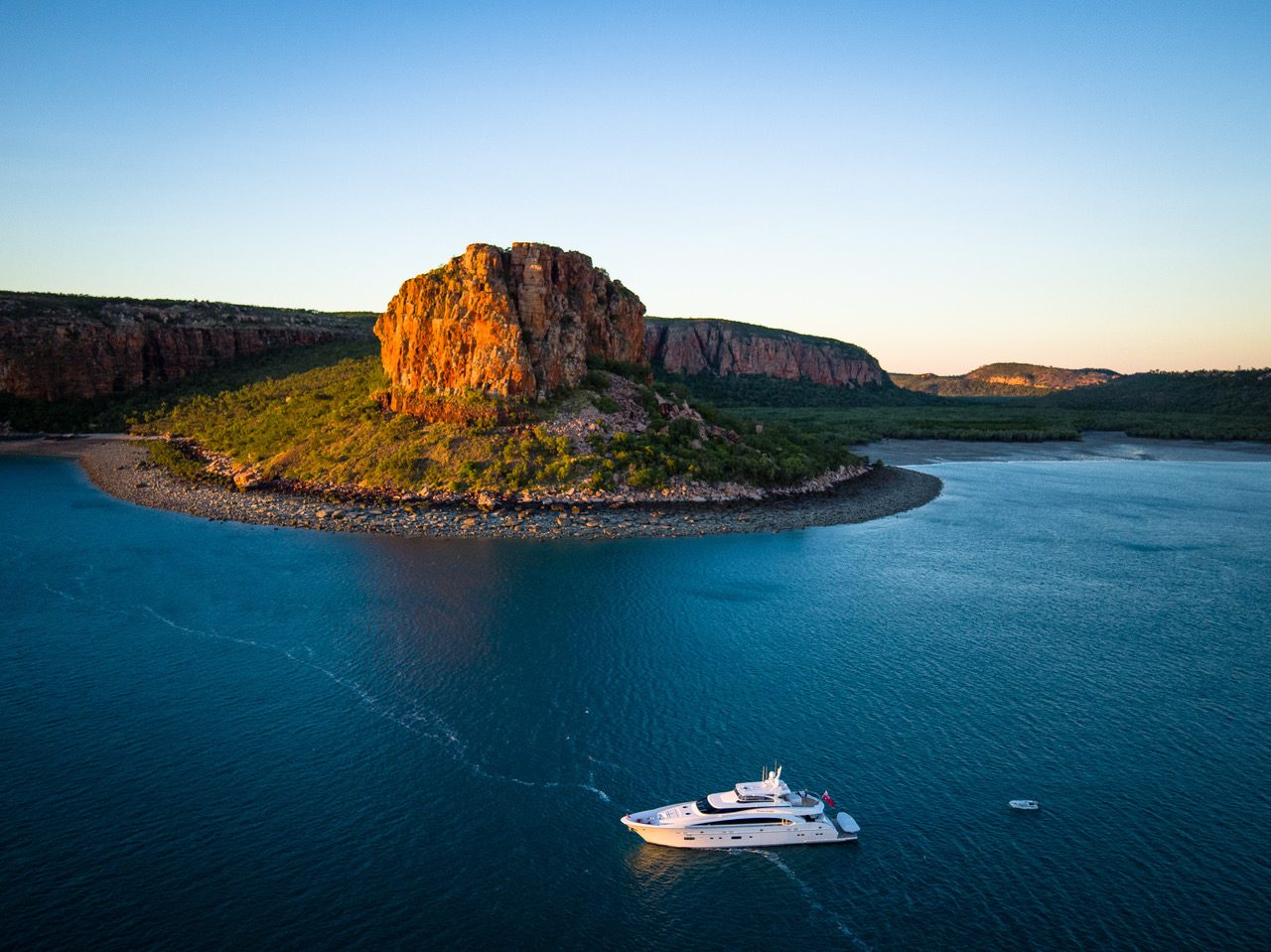
One such destination that is only accessible by boat or small plane is Talbot Bay in the Buccaneer Archipelago, where, throughout millennia, geologic forces have folded vibrant red sandstone into deep and winding channels with sheer rock walls. There, the geology interacts with the ocean water that fills the canyons to create one of nature’s most intriguing spectacles: the exhilarating phenomenon known as the Horizontal Falls.
At specific times of day, water begins rushing through the narrow rock channels. This is the tidal change either ebbing or flowing. At its most dramatic, the water flow can reach an astonishing 30 knots as it’s forced through two narrow gaps 60 feet and 30 feet wide – resulting in a ‘waterfall’ reaching 12 feet in height. When conditions allow, it is even possible to take small jet boats through the rushing rapids of the falls.
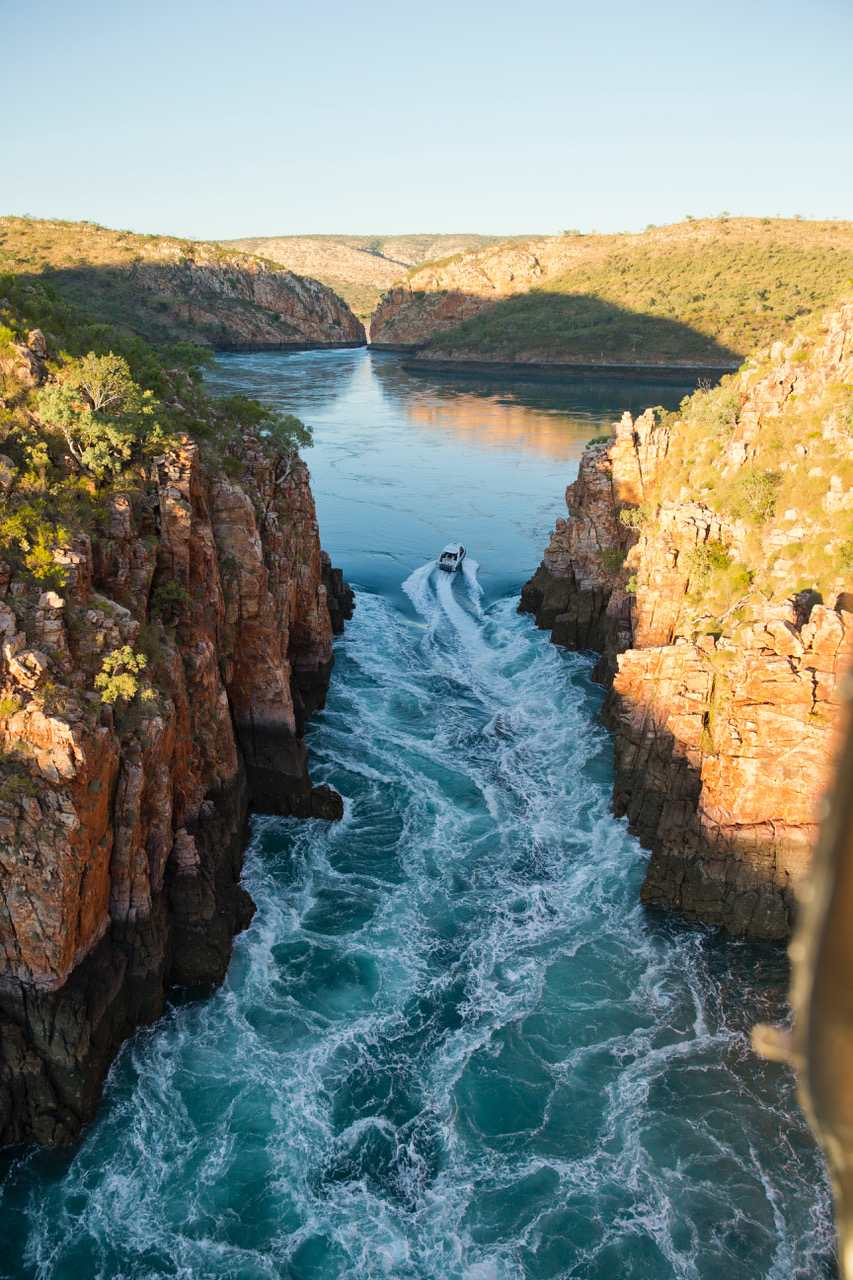
The falls occur because of a unique combination of the Kimberley’s bathymetry and geography. The region has a broad, shallow continental shelf and a winding, sinuous coastline. When the tide comes in, the water is funneled into the shallow areas of the continental shelf, causing a more noticeable rise in water levels. This rise is then amplified by the geography, where narrow channels and inlets concentrate the tidal flow, leading to incredible tidal ranges as high as 33 feet or more.
But the falls are not the only attraction here. The unique combination of tidal movements, nutrient-rich waters, and diverse habitats around the Horizontal Falls creates an ecosystem that supports a remarkable variety of marine life. The tidal surges bring in an abundance of fish species including barramundi, mangrove jack, and threadfin salmon. Mammals like spinner and bottlenose dolphins are frequently seen playing in the waters, while dugongs are a rare and exciting sight. The cliffs and surrounding areas serve as nesting grounds for several avian species; ospreys, sea eagles, kingfishers, and various other shorebirds thrive in this coastal habitat making it a prime birding opportunity.
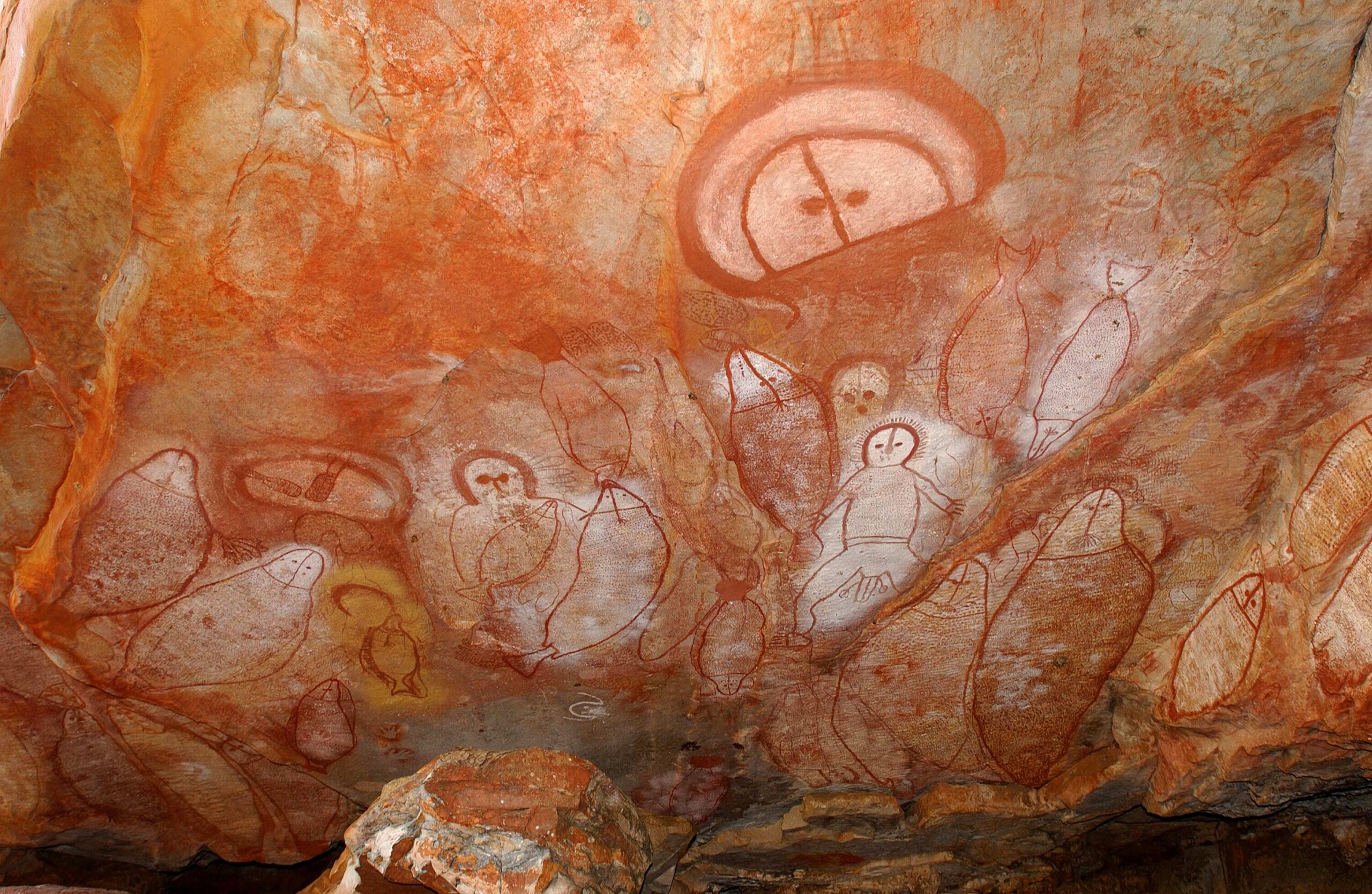
The Horizontal Falls are situated in the ancestral lands of the saltwater Dambimangari people, whose oral history says that the creator snake, or the Wongudd, is the tide that creates the phenomenon. Today, the land is Aboriginal Reserve Land, set aside for the use and benefit of Aboriginal people. The Dambimangari people chose the name Lalang-garram, a Worrorra word meaning ‘the saltwater as a spiritual place as well as a place of natural abundance’, relating to the ocean in a general sense. The Lalang-garram/Horizontal Falls Marine Park was created in 2016 as part of the Kimberley Science and Conservation Strategy, meaning that it will be preserved for years to come.
